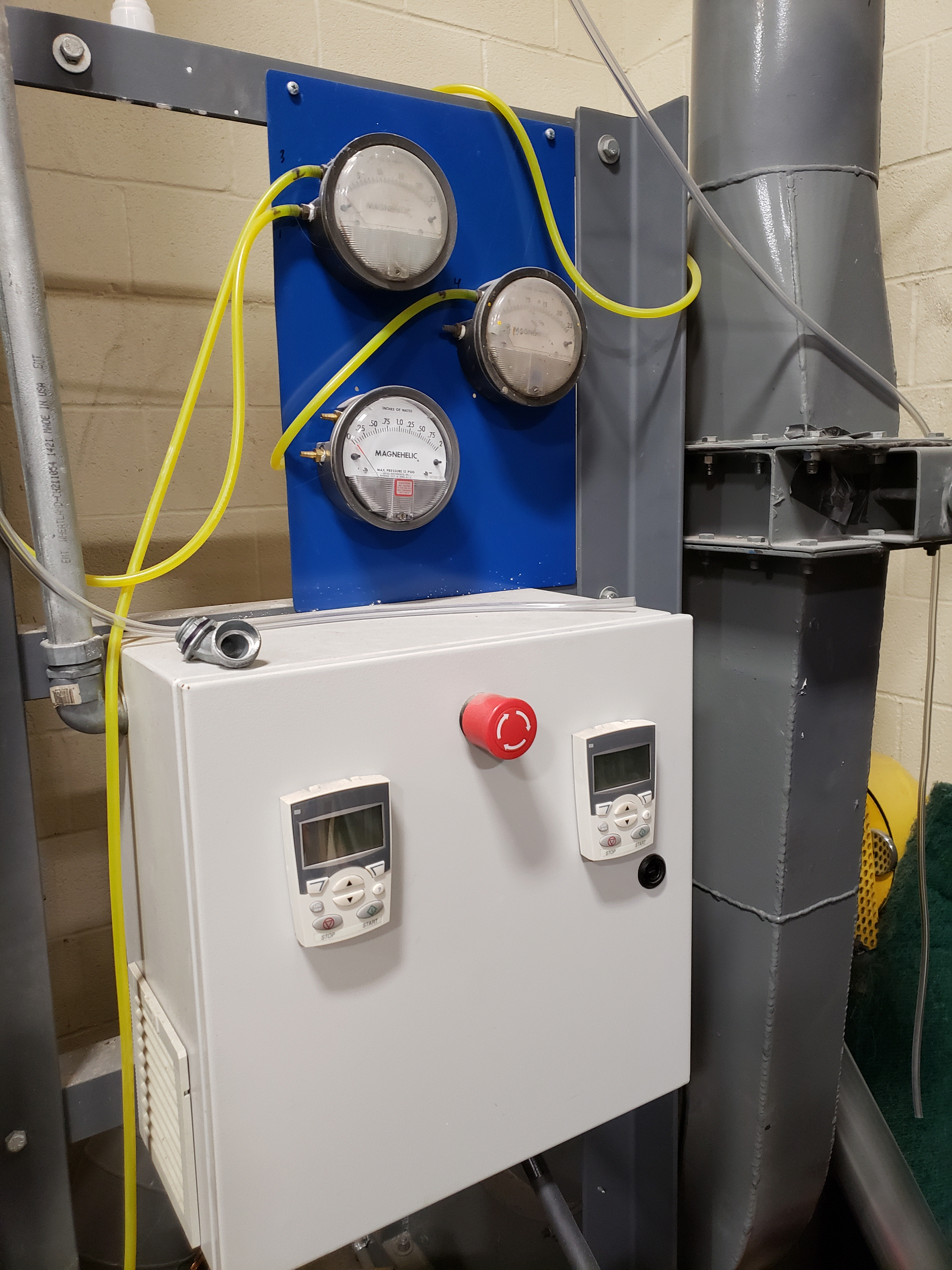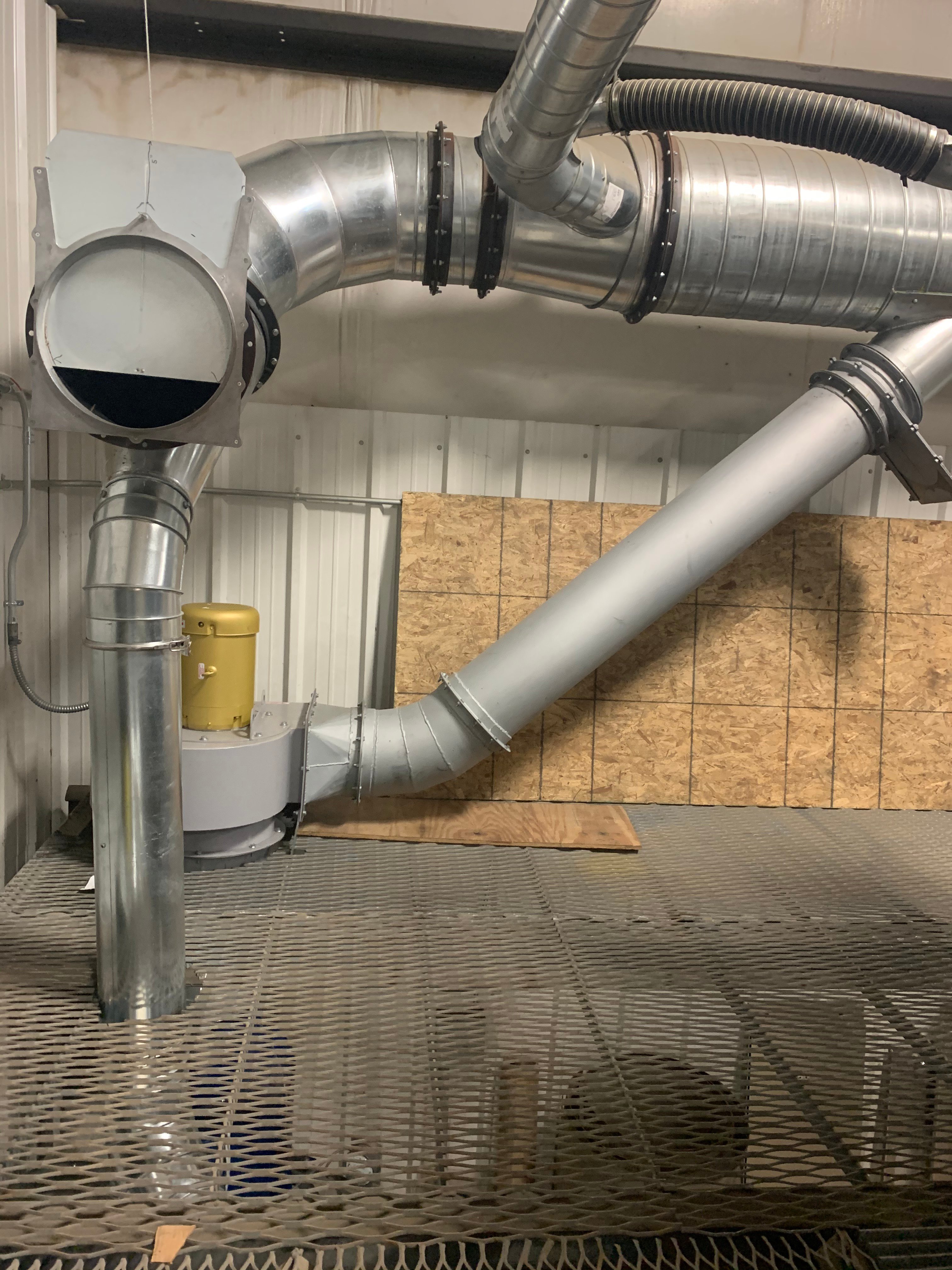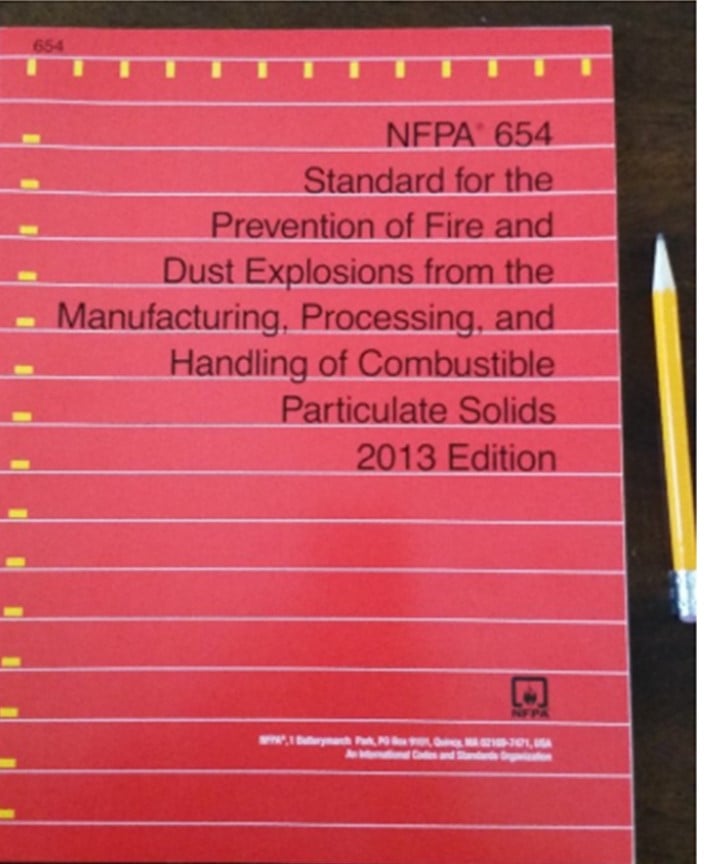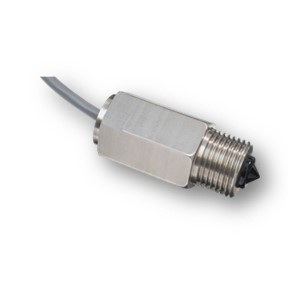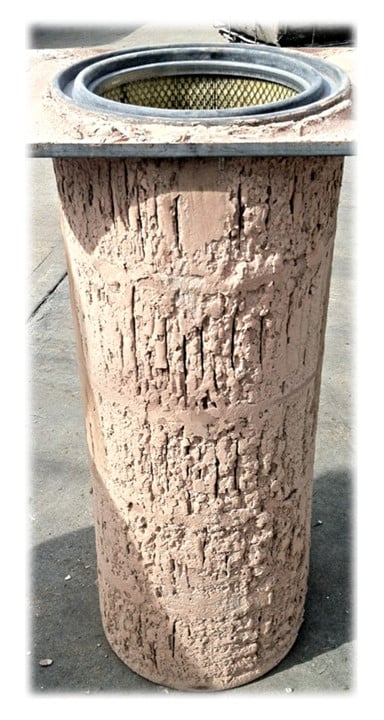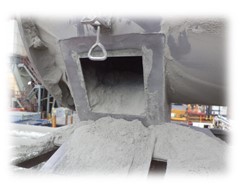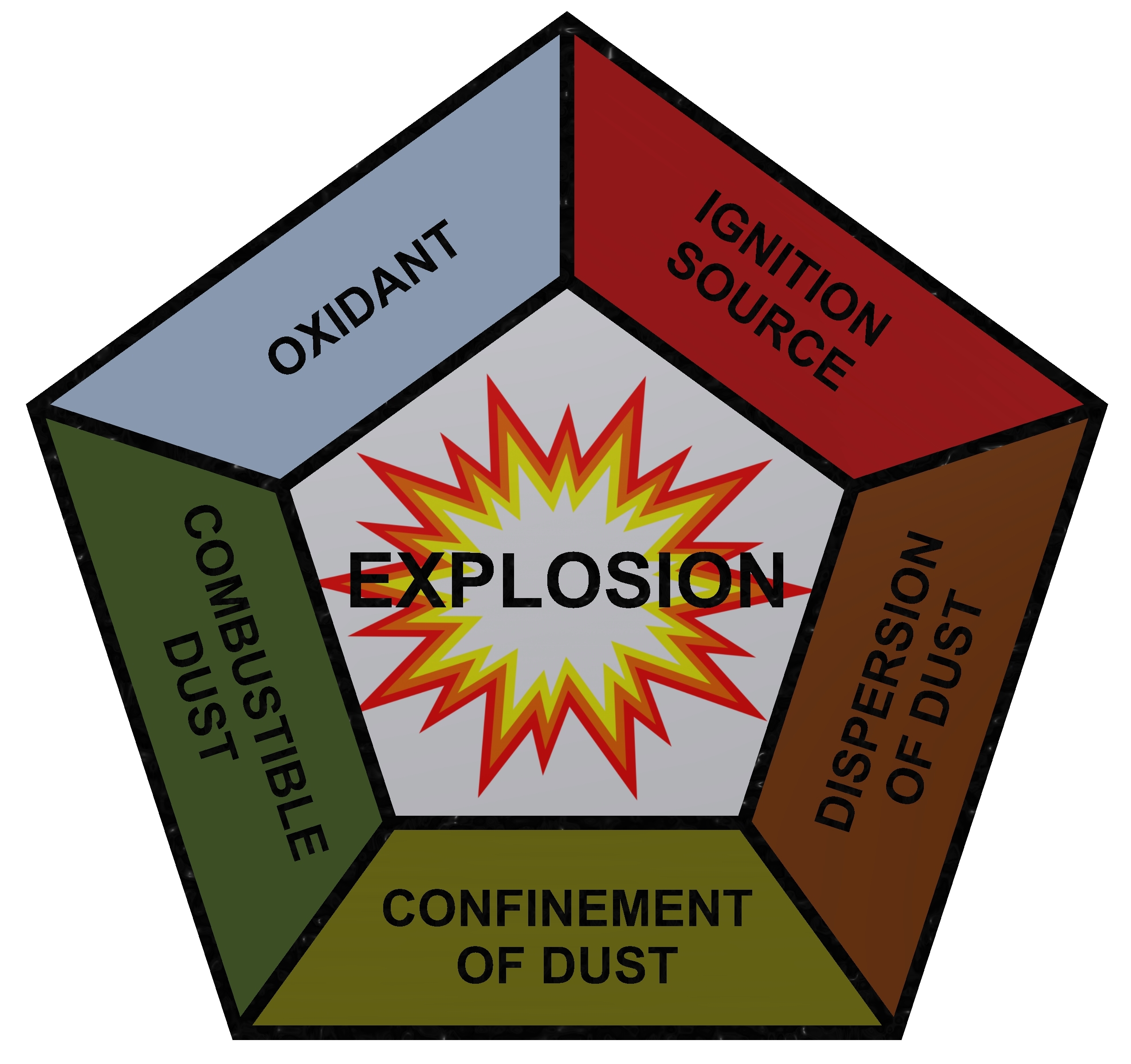Wet scrubbers are used in dust collection for a variety of reasons. One of the reasons is to help prevent fires and explosions.
Wetting Particles Using Wet Scrubber
Since wet scrubbers use water to help with dust removal their environments usually have a very high humidity. In this environment dust particles become wet and this can often prevent them from catching fire and/or exploding. Material such as wood has a much different fire danger when it is wet compared to dry.
As we see on the news, when there is a draught there are more forest fires around the country. This also applies to wet scrubbers. Spraying water on a solid can often prevent an explosion or fire. This is done by wetting the particles thereby making it harder for them to combust but also by wetting down any spark or fire that could cause an explosion.
Material Used vs. Wet Scrubber
If you are using a wet scrubber there are some thing you should keep in mind. Some material, such as alkali metals, will react with water and potentially explode. Other metals like magnesium can also cause fires and explode with water. Keep in mind that controls need to monitor the water in the wet scrubber system, because if it loses water, an explosive situation could quickly develop.
So when looking at an explosive application, wet scrubbing can often provide dust removal for you, but not always. There are certain disadvantages of wet scrubbing that should be reviewed before determining if it is the right solution for you.
To learn more about which dust collector, please contact our experts at 440-543-7400 or visit our website: www.dustcollectorhq.com.
To improve efficiency and safety, there is no substitute for an on-site inspection by an experienced expert. Click below to start with a free 20-minute phone consultation by clicking the button.



